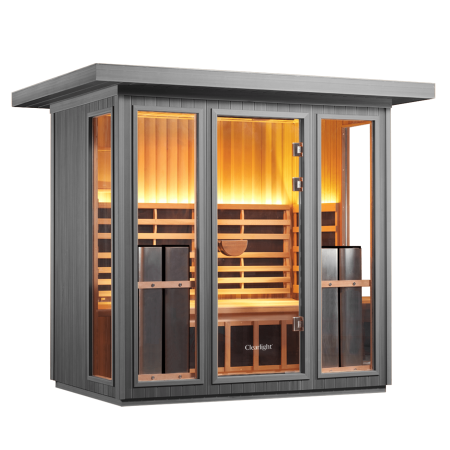A study conducted by Tina S. Alster and Elizabeth L. Tanzi evaluated the effectiveness of a novel treatment for cellulite using a combination of radiofrequency (RF), infrared (IR) light, and mechanical tissue manipulation. The study involved 20 adult women with moderate cellulite on their thighs and buttocks. Over the course of eight biweekly treatments, one thigh of each participant received the combined treatment, while the other thigh served as a control. The treatment involved the application of bipolar radiofrequency energy, infrared light (700-1500 nm), and a vacuum-based massage at specific settings to improve circulation, break down fat cells, and stimulate skin tightening. The researchers assessed results using photographs, circumferential measurements, and patient feedback before, during, and after treatment.
The results of the study showed that 90% of participants experienced noticeable improvements in their cellulite, with a significant reduction in thigh circumference (an average of 0.8 cm) and visible skin smoothness. The clinical improvement was rated at an average of 50%, with patients reporting that the results were long-lasting, though maintenance treatments might be needed to sustain the benefits. Most side effects were mild, such as temporary redness or minor bruising, which diminished as the treatment progressed. This study demonstrated that the combination of infrared light, radiofrequency, and mechanical tissue manipulation can effectively reduce cellulite in a non-invasive manner, offering a promising alternative to traditional cellulite treatments.





